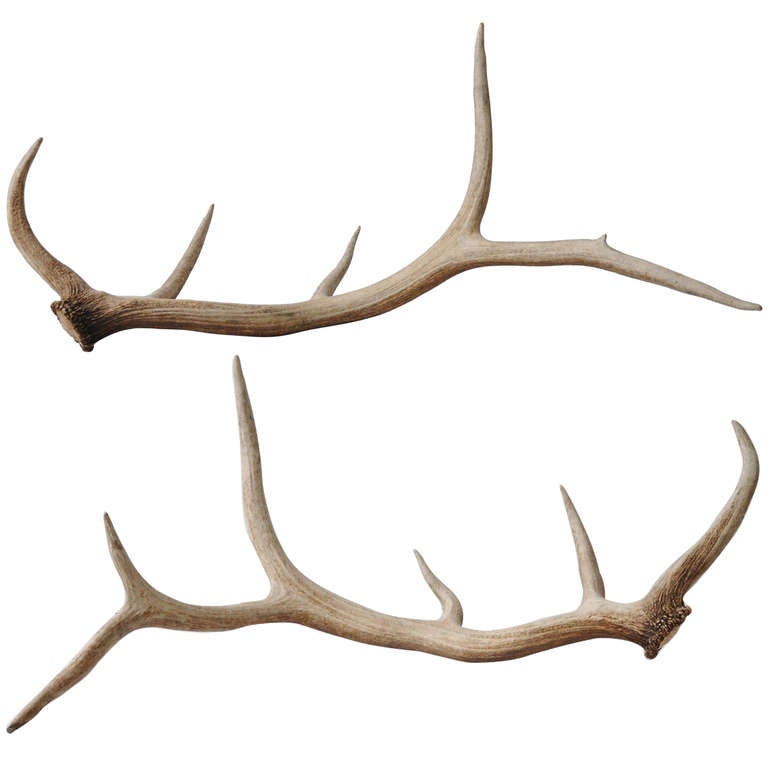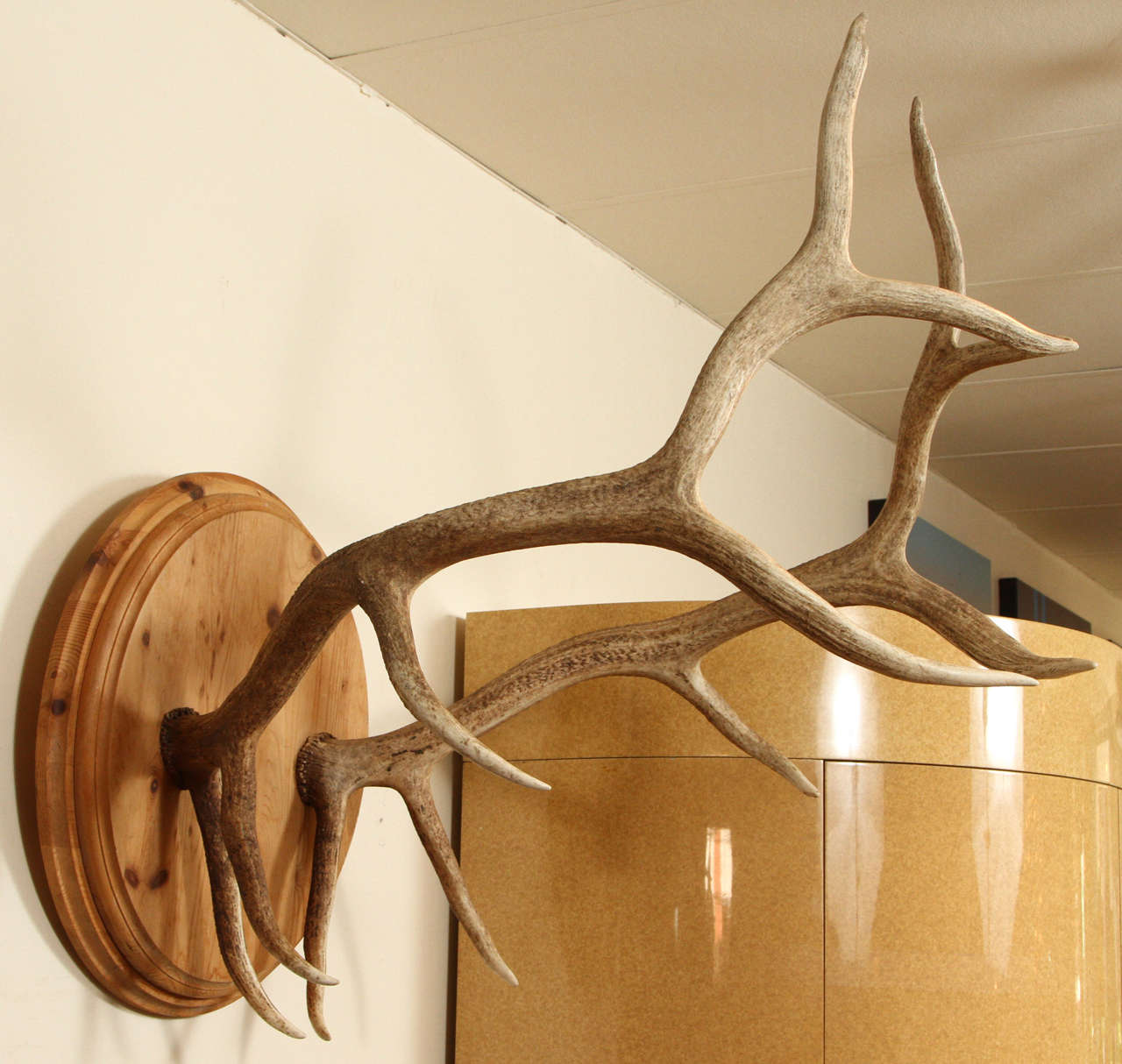

Life gets even harder just a few weeks, or sometimes only days after birth, as the elk herds start to move up to the tundra and the calf has to hike miles, gaining 5,000 feet of elevation, to start enjoying the tundra’s sweet grass. Generally the mothers form very small herds and the calves start playing with other calves, learning how elk life works.įrom birth until mid-July the calf will drink about a gallon of milk a day gaining two to three pounds a day. This state is short lived though, as June is a calf’s most dangerous time when predators like coyotes are prowling the edges of elk herds looking for a baby hiding in the grass.


Nature is momentarily kind during the elks’ first week of life – the baby doesn’t produce a scent for nearly a week to help allude predators. After birth the elk calf spends most of its time hiding in grass or bushes and following its mother as she grazes. Don’t use headlights or flashlights to illuminate or entice wildlife.Įnjoy your not-too-close encounter with our native elk!Įarly June is when most of the babies of RMNP arrive. Within the park, you may be cited for harassment of wildlife if your actions affect the behavior of an animal in any way.Īs soon as you park, turn off your car lights and engine. If your presence causes the elk to move away, then you are too close. They try to intimidate rivals with bugling and antler displays. During mating season, bulls engage in rutting behavior and compete for females which they include in harems of 20 or more cows. Young bulls live in female herds or with older, less aggressive bulls. Wildlife are very keen on “personal space.” In other words, they’re happier if you keep your distance.īring your binoculars or telephoto lens to get a close up view of these majestic creatures. Elk males have large antlers coverd by a velvet that is shed in the summer. Please remember that wildlife are the natives in this area and that we are the visitors! You can easily sight and watch elk from the roadsides. Look for postings alerting you to areas that have been closed. and stay on roadways and designated trails. You will be reminded that you are standing on sacred ground - where the first peoples of America stood and the same echoes of nature filled the autumn, night air.Įlk gather in the open meadows and are easily visible when left undisturbed.ĭuring the elk rut, please do not venture into the park’s meadows between 5 p.m. Their bugling call echoes across meadows – it’s a haunting and primeval sound. The sounds of elks bugling overlap and reverberate against the rock outcroppings and hills. The typical bugle of the bull elk is a surprising, distinctive sound that begins deep and resonant, and becomes a high pitched squeal before ending in a succession of grunts.Īs you stand in Horseshoe Park, Moraine Park or Upper Beaver Meadows you may hear one or more bulls bugling and you’ll notice the variations in their calls. There in the early evening, you will find local volunteer guides who provide insight and information. Head into Rocky Mountain National Park and stop at Horseshoe Park. The characteristic rutting call of bulls can be heard from just before dusk to dawn. Antlers have been prized and pursued by hunters for many centuries. Antlers are a 100% natural product-variations in shape & appearance are normal and should be expected.During the September-October mating season, bull elk stage a spectacular play. Antlers are among the most identifiable characteristics of species of the deer family, Cervidae, which comprises caribou, elk, moose, mule deer and white-tailed deer (Figure 1). These chews are NOT meant to be completely consumed. Always supervise your pet while chewing, and take antler away if it becomes small enough to swallow. Safety: Please select an appropriately-sized antler for your dog. Storage: Antlers should be stored at room temperature. Please choose the appropriate size for your pet.Įxtra Large (XL) – for giant dogs 80+ lbs. Size Guide: Elk Antlers are available in Small, Medium, Large, and Extra Large (XL) varieties. Soak split antlers in Primal Bone Broth to refresh flavor. Preparation & Serving: Antlers can softened with Bone Broth and fed as a recreational chew. Recommended by the Pet Beastro for your dog's dental health!

Elk antlers are less dense and are ideal for puppies, older dogs and dogs with sensitive teeth or gums. Helps remove plaque and tartar buildup and strengthen teeth. Help keep your dog's teeth healthy and strong with a Primal Antler! These premium-quality antlers are perfect for aiding your dog's good dental health! All of Primal's naturally-shed antlers are sustainably-sourced from forest floors to bring your dog a safe and healthy dental chew.


 0 kommentar(er)
0 kommentar(er)
